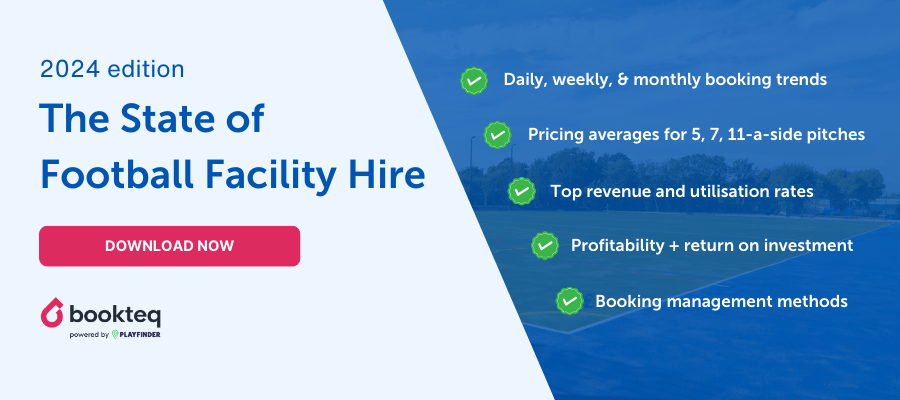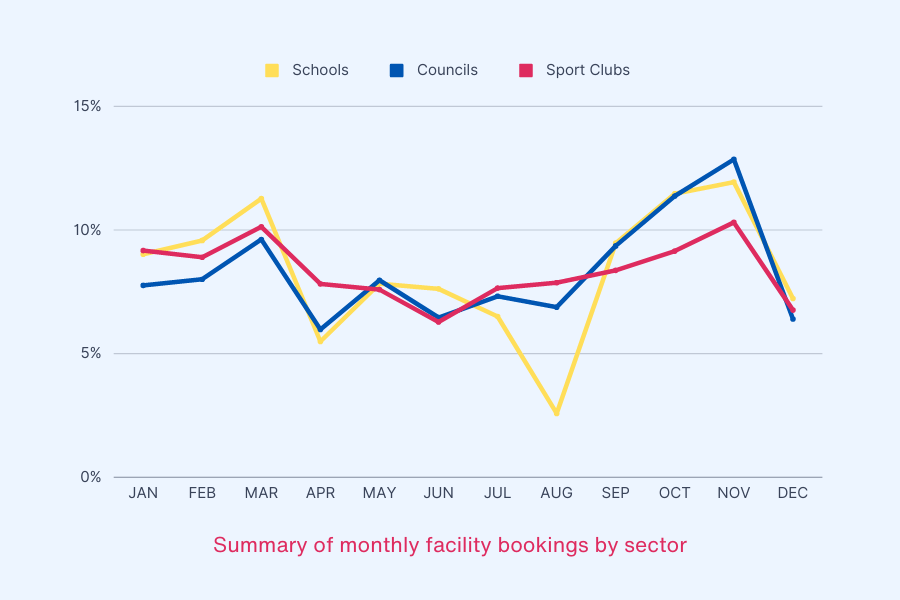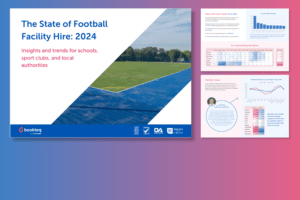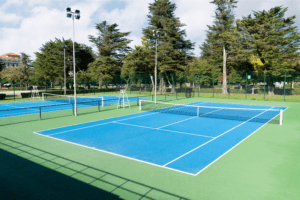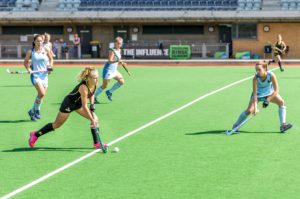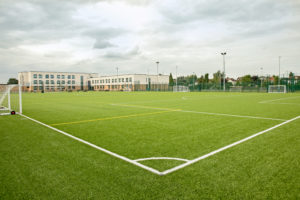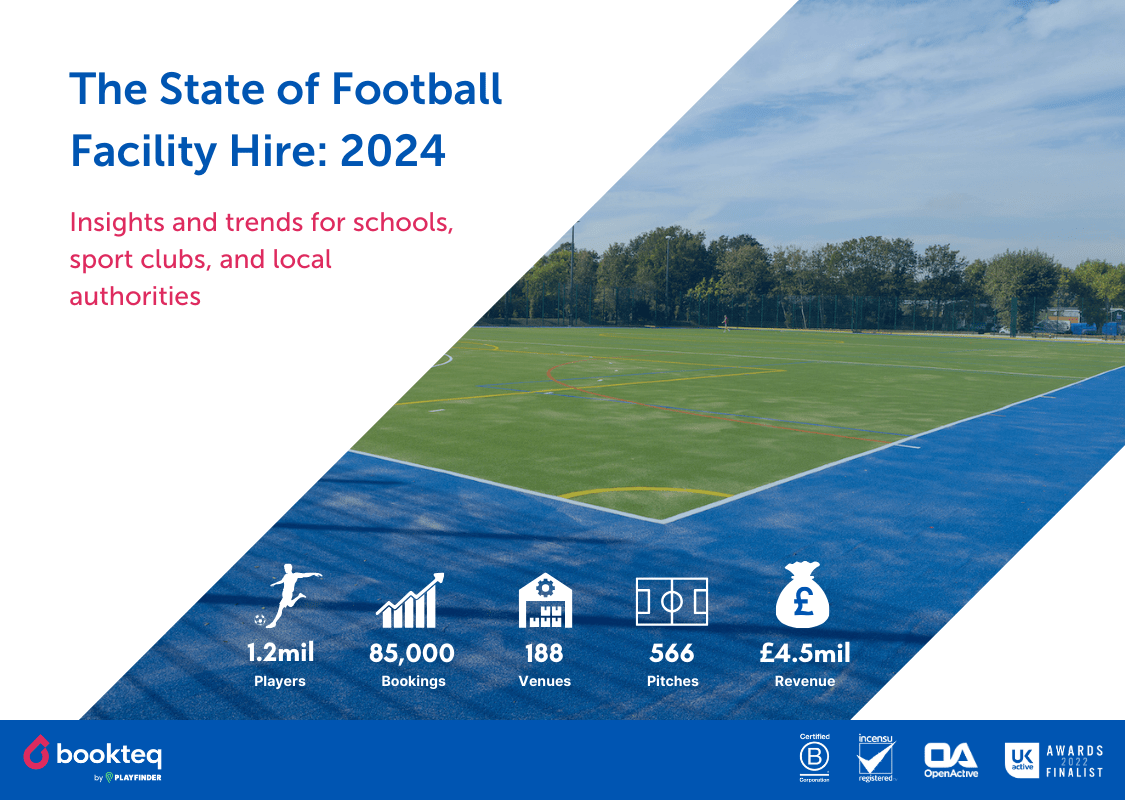3G pitches, made of synthetic turf, has become a popular choice for football, rugby and hockey facilities. Its all-weather playability, durability, and consistent playing surface have made it an ideal choice. However, like any sports surface, proper maintenance is key to ensuring its longevity and optimal performance for players. In this blog, we’ll explore the essential steps to maintain a 3G pitch.
Table of contents
- Regular, monthly, and annual 3G pitch maintenance intervals
- Cost estimate of 3g pitch maintenance
- The best time to schedule major pitch maintenance
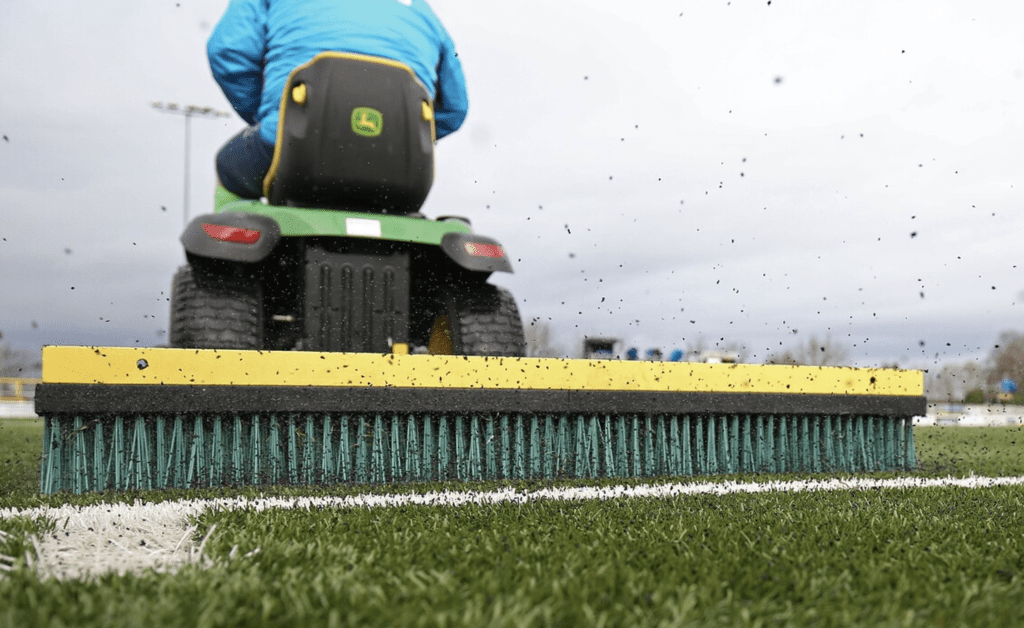
3G pitch maintenance intervals
Regular Pitch Cleaning
The first step in maintaining a 3G pitch is regular cleaning. Debris such as leaves, twigs, and dirt can accumulate on the surface and affect its performance. Here are some cleaning tips:
- Remove debris: Use a broom or leaf blower to clear the surface of any debris, especially after windy or stormy weather.
- Brush the turf: Regularly brush the turf fibres to prevent matting and keep the surface even. Matting can affect ball roll and player traction.
Monthly Pitch Maintenance
On a monthly basis, invest a bit more time in maintaining your 3G pitch to catch minor issues before they become major problems:
- Inspect for damage: Regularly check the turf for any signs of damage or wear and tear, such as loose seams, tears, or worn-out areas. Promptly repair any issues to prevent further damage.
- Fill infill material: Over time, the infill material (typically sand and rubber granules) may settle or become uneven. Periodically add infill material to maintain proper cushioning and ball bounce.
- Check for contamination: Remove any foreign materials like gum, glass, or other debris from the surface to prevent injury and maintain a clean playing environment.
- Deep cleaning: Use a power brush or specialised cleaning equipment to remove dirt, dust, and contaminants that have settled into the turf. This helps maintain the pitch’s appearance and performance.
- Check for drainage: Ensure that the pitch’s drainage system is functioning correctly. Clean out any clogged drains or debris that may impede proper water drainage.
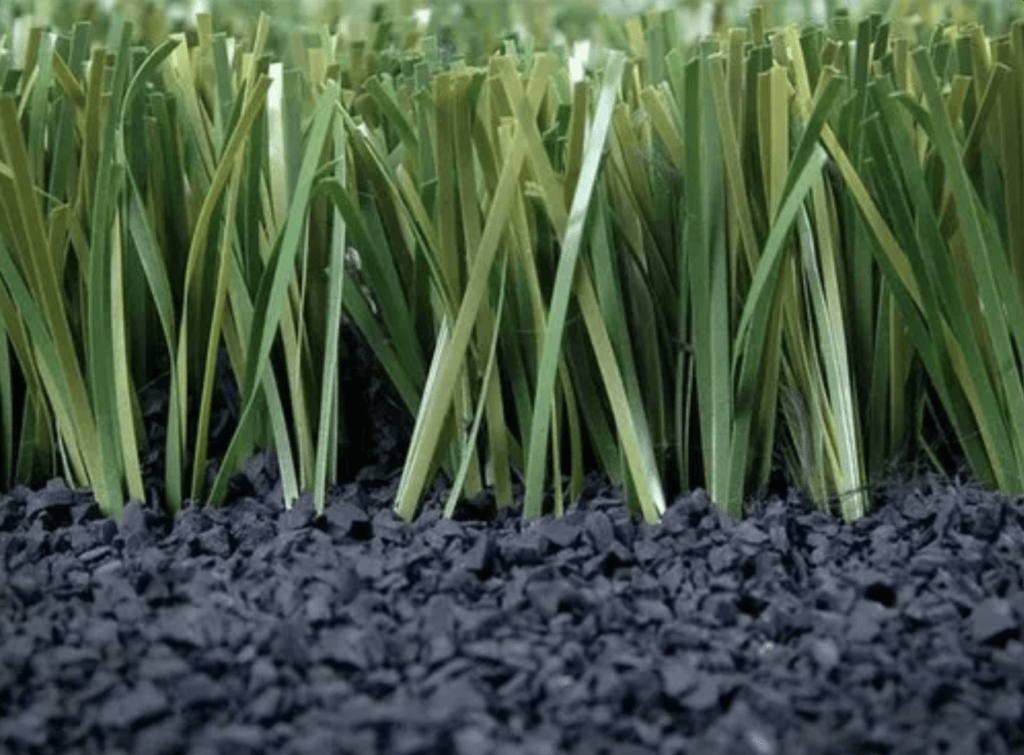
Annual Pitch Maintenance
Annually, take these steps to keep your 3G pitch in top condition:
- Grooming and infill redistribution: Use specialised grooming equipment to redistribute infill materials evenly across the pitch. This helps maintain the pitch’s stability and performance.
- Reposition seams: Check and reposition any seams or lines to ensure they are secure and not causing tripping hazards.
- Deep cleaning and disinfection: Perform a thorough deep cleaning of the pitch, including disinfection to prevent the growth of algae and bacteria. This ensures a hygienic and safe playing surface.
- Check for UV damage: Synthetic turf can degrade over time due to UV exposure. Check for signs of fading or deterioration and consider applying UV-protective treatments to extend the pitch’s lifespan.
Cost estimate of 3g pitch maintenance
Budgeting for 3g pitch maintenance is important to ensure the quality of the playing surface remains top-notch, and to increase the overall lifecycle of your facility.
To adequately maintain an 11-a-side 3G football pitch that is 106m x 70m in area, you should budget +- £5500 per year. While a 7-a-side pitch that measures 55m x 36.5m costs £2400 per annum to maintain. These estimates are according to Sport England’s 2023 artificial sports surface life cycle cost guide. Keep in mind that these estimates includes the maintenance of the pitch, fencing and floodlights – so pitch maintenance alone will be slightly less. For insights into the initial cost of building a 3G pitch, you can read our 3G pitch cost guide.
Other sports:
Rugby union pitch of 130m x 80m = £7750 p/a
Hockey pitch of 101.4m x 63.0m = £4500 p/a
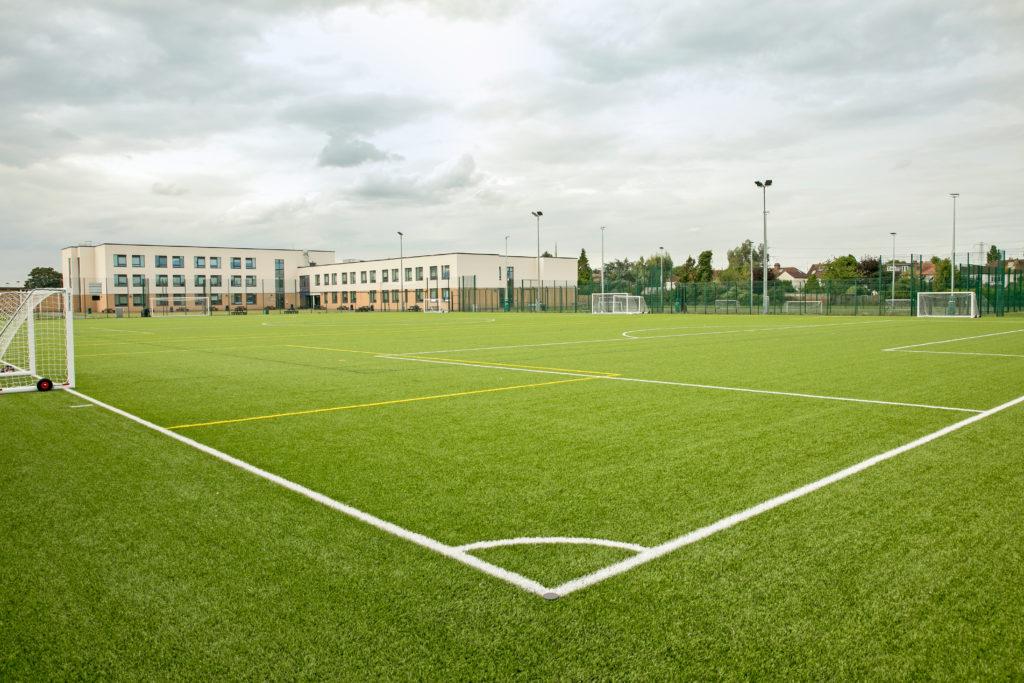
The best time to schedule major pitch maintenance
While some maintenance tasks need to be carried out on a weekly basis throughout the year, deciding on the perfect moment for major maintenance largely hinges on a few key factors: the climate and specific pitch usage patterns. To help you pinpoint the most favourable timing for maintenance, consider the following guidelines:
Summer: In the UK, the summer months (June, July, and August) are the best period for major maintenance. The drier and warmer weather conditions during this season create an ideal environment for essential tasks such as deep cleaning, grooming, and infill redistribution.
Quiet Lettings Period: If your pitch is part of a sports club, school, or council, and you often rent out your facilities to the public, it’s worth noting that April to August typically constitutes the quietest months in terms of bookings. Thus, finding a suitable timeframe within this window that aligns with favourable weather conditions and your maintenance crew’s schedule ensures that major maintenance won’t disrupt bookings from facility hirers.
Football and Rugby Season: Football and rugby clubs and teams in the UK often enter their pre-season period, typically commencing in late July or August. To ensure that the pitch is in peak condition for pre-season training and matches, it’s highly advisable to schedule maintenance during late spring or early summer. This strategic timing helps guarantee optimal pitch quality and performance for the upcoming season.

